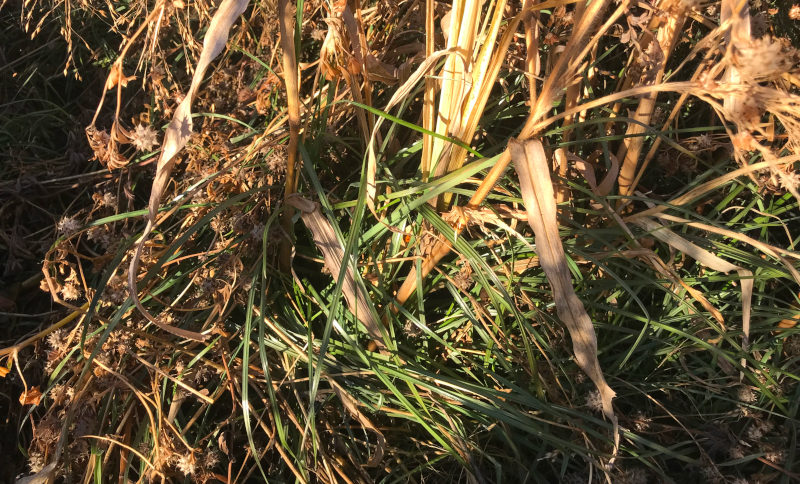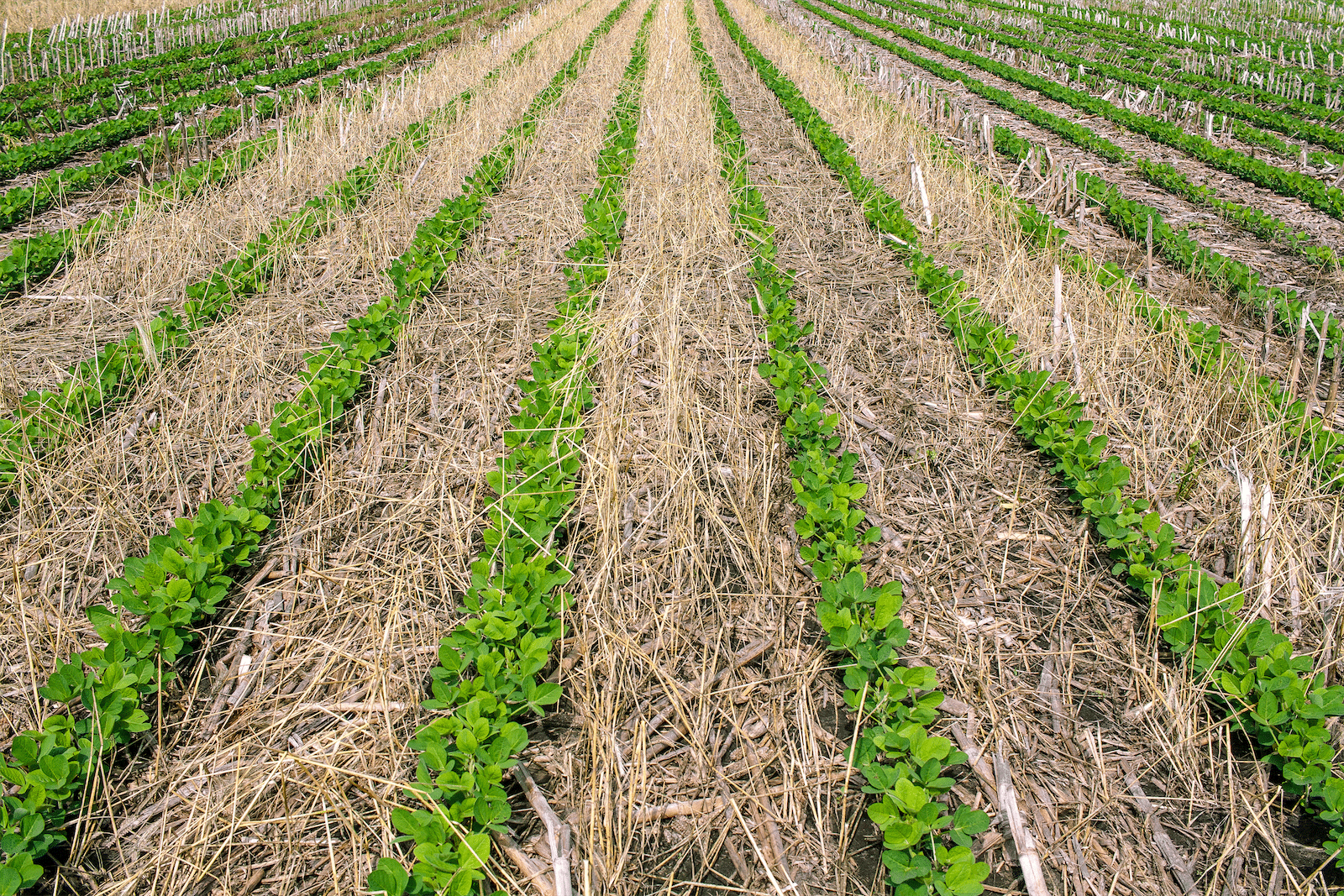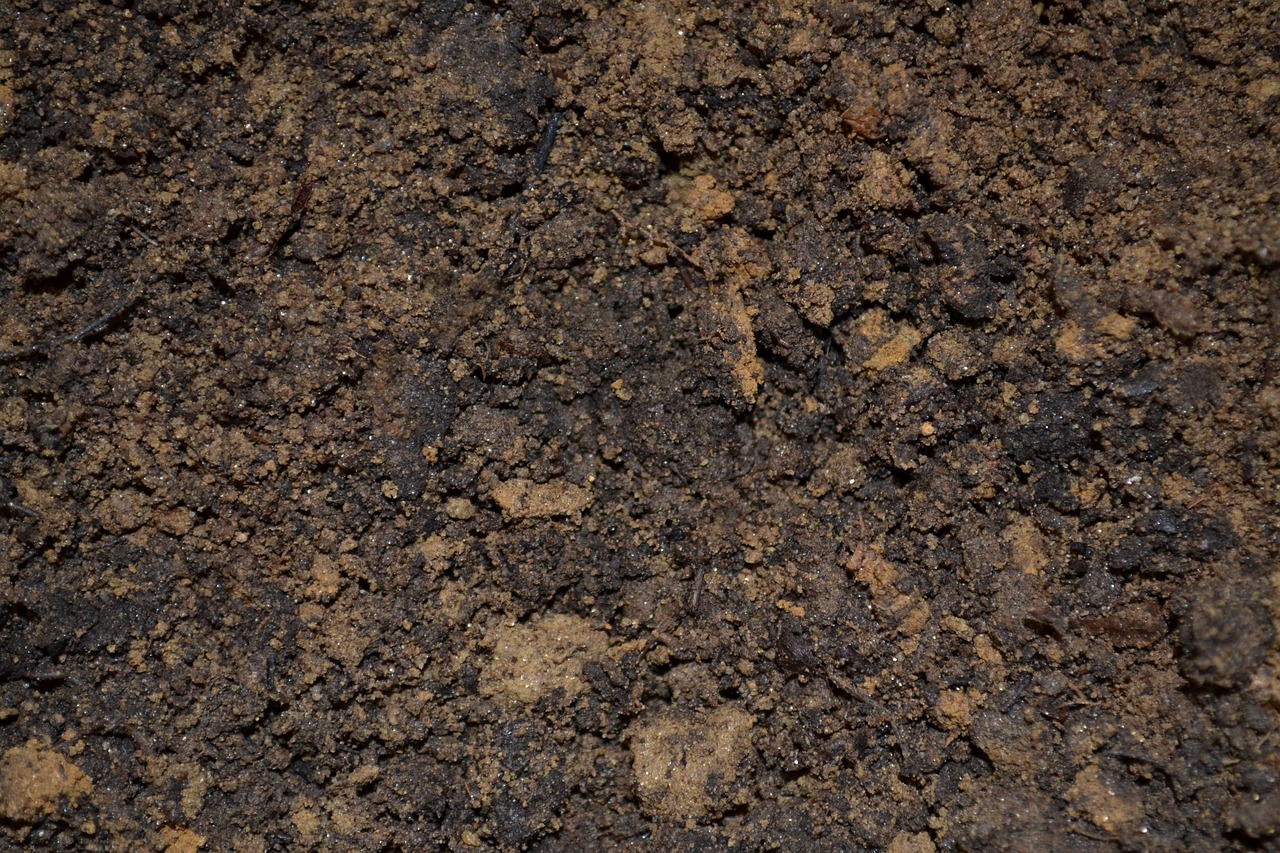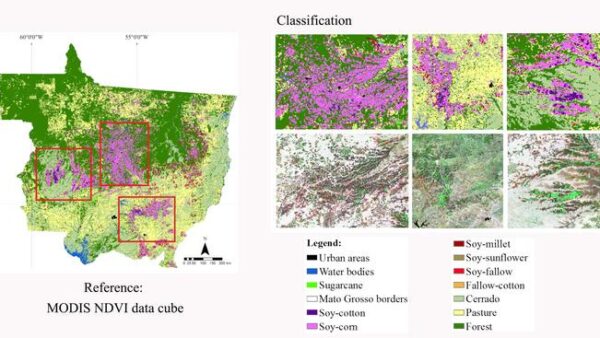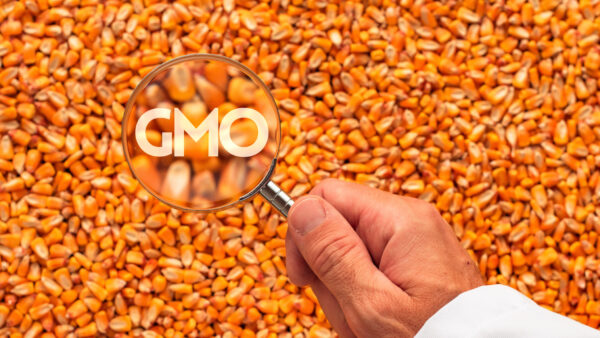One of the cornerstones of regenerative agriculture is to have plants growing in the soil for as many days of the year as possible. While today’s agronomic practices are predominately based on using annual cash crops, it is an opportunity to get cover cropping into the management fold.
Doing so will help solve some of the reoccurring problems producers face like compaction, erosion, nutrient availability and weeds.
Fall seeding cover crops can be quite challenging. Lack of growing days after harvest, soil moisture availability, labour and time to seed all play against the desire to get started. It does not matter if you are talking about the Peace River region, southern Manitoba, Ontario or Mississippi. The crops we grow are chosen to mature in our growing area, maximizing the number of days the crop can grow, leaving a small window post-harvest. But there are ways around these issues. Why do we want to have plants growing in the fall post-harvest?
Will it use up the soil moisture creating a drought next year? Will it tie up nutrients from the next crop? Will there be enough moisture in the fall to get the cover crop established? All legitimate questions and concerns.
But weeds grow in the fall. Cover cropping allows us to determine what plants are growing and understanding the function of weeds, we can prevent triggering weeds to grow and speed up the soil-building process.
Soil moisture is a typical concern, and growing plants requires water. In the fall, if there is enough moisture to grow weeds, small-seeded cover crops can be grown. For spring moisture, overwintering species can dry the soil out if not managed but can help wet spring conditions. Yearly management needs to be done to ensure maximum results from the cover crop to match environmental conditions.
Nutrients get tied up if plant material has not rotted down. We can influence this by managing the plant stage at freeze-up. More mature plants have more structure tissues like lignin which take a longer time to break down and release nutrients, whereas vegetative plants will rot down quicker, releasing nutrients more quickly the next year.
Key is having a mixture of green plant material and mature plant material, and low and high carbon-nitrogen plant materials. This will extend the time nutrients will be released instead of all getting released all at one time.
Increasing functional plant families to your rotation leads to increasing the “legacy” effect to future crops. The legacy effect is the benefit future crops receive by utilizing the microbes from the rhizosheaths of past species grown. This legacy effect will allow plants to bolster their own microbiome.
Another benefit of fall cover crops is the suppression of weeds. Nature does not like monocultures but hates bare soil. Post-harvest, the soil biology is still living, so nutrients are still cycling. Without plants taking up the nutrients, weeds are triggered to grow to ensure the nutrients will not be lost from the system. Having a fall cover crop will allow the microbes to continue doing their “microbial things” by being fed exudates from the cover crop, the cover crop is encouraged to grow by the nutrient availability.
Due to the plants being quite young, the carbon:nitrogen ratio will be relatively low so will rot early in the spring, releasing those nutrients back into the soil. If there are still an abundance of weeds growing with the cover crop, look at changing the species used, seeding the cover crop earlier or increase the seeding rate of the cover crop.
The importance of having plants growing in the fall is crucial in developing stable soil aggregates. Soil biology requires shelter to survive so they create what we see as soil aggregates. Without a living plant injecting liquid carbon into the soil as a root exudate, most of the soil microbes have low activity levels. When the soil goes through freeze-thaw cycles during the winter and spring, the soil aggregates fall apart, causing the soil aggregates to slake sealing off the soil not allowing water to infiltrate in and running off.
When we have a fall cover crop pushing root exudates into the soil, the soil microbes will use some of the liquid carbon from the root exudate and “winterize” the soil aggregates. This will allow the aggregate to withstand the freeze-thaw cycles keeping the integrity of the soil aggregates, allowing the spring thaw to infiltrate into the soil. These intact soil aggregates will allow the soil microbes to continue building on existing aggregates instead of basically starting from scratch.
With each season of continued stable aggregate building, we then can see aggregation deeper into the soil profile. When we do tillage, it breaks up our soil aggregates, creating less pore spaces, potentially damaging our earthworm populations and removing some of our soil armour.
Fall cover cropping is one of the necessary steps to start accelerating soil health. Having the living root allows the soil biology to continue functioning without having to scavenge the soil in its search for carbon sources. By strengthening the soil aggregates, the soil microbes will be able to handle stress better, increase water storage in the soil and make the soil more resilient to stresses.
Of course, fall cover cropping is not just about seeding in the fall. A relay cover crop seeded in the spring can reduce the risk of fall seeding options. We just need to get vegetative plants growing in the fall, maximizing the days we have a living root in the soil.


